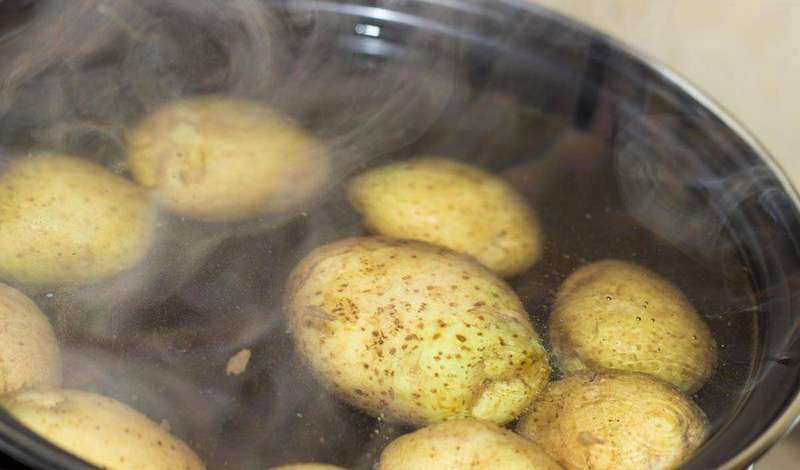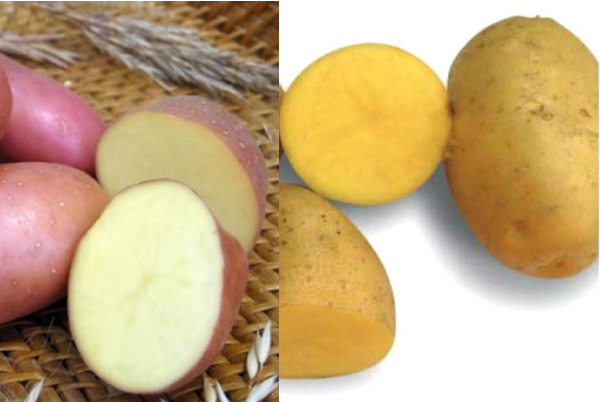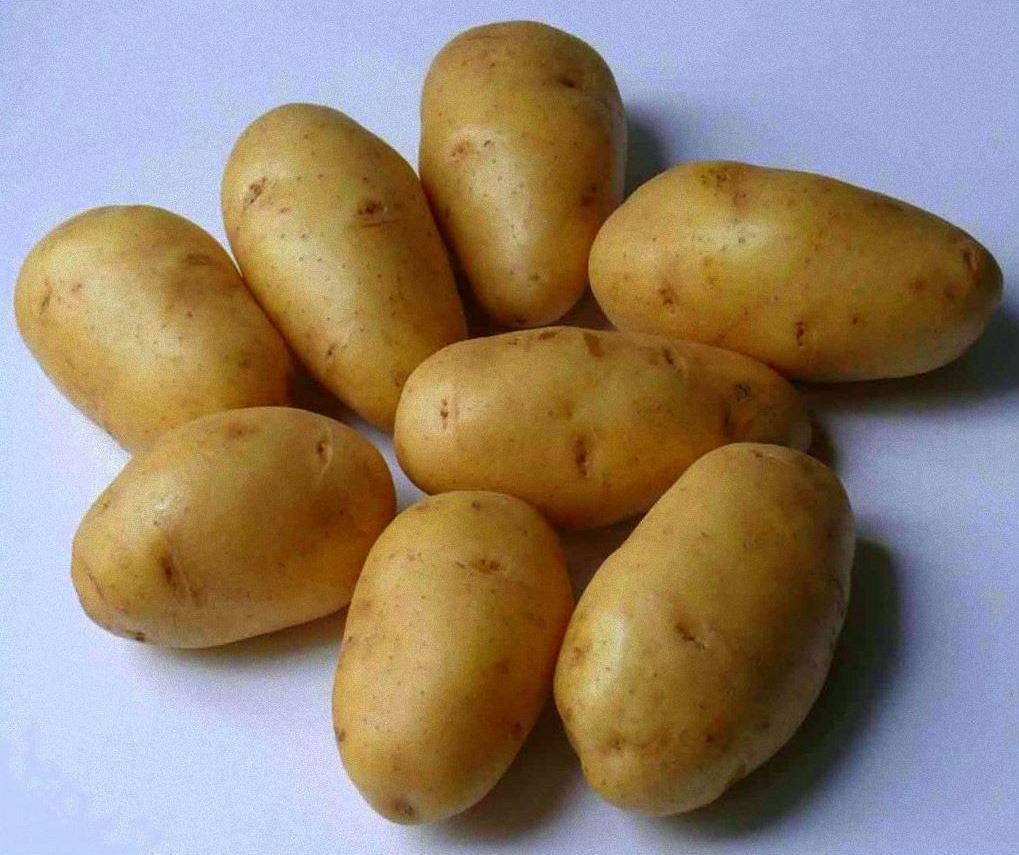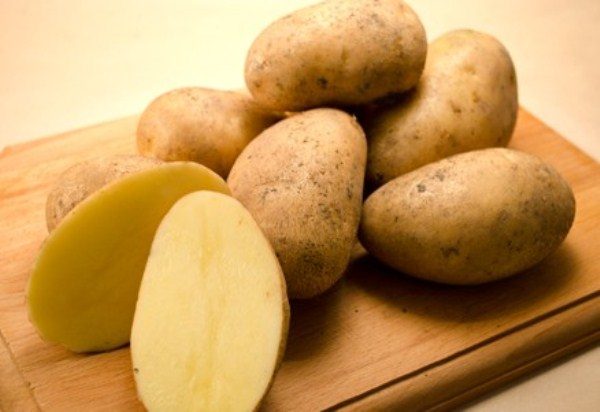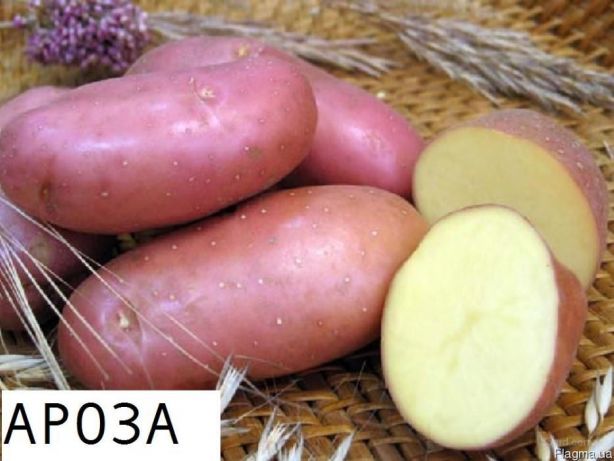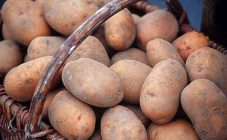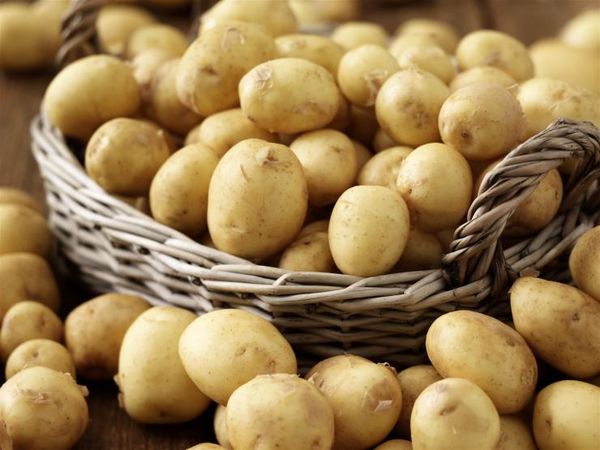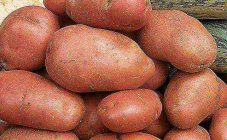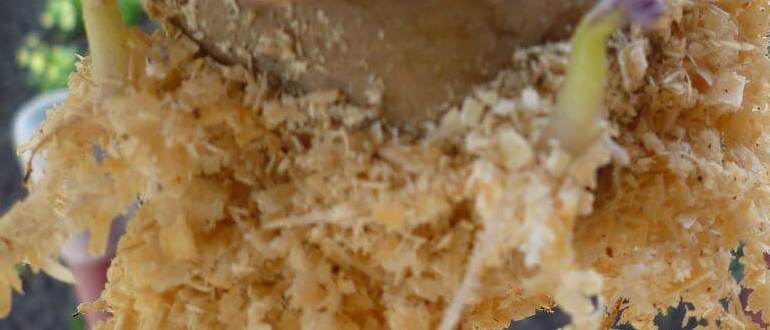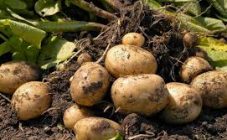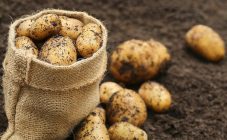Content:
Potatoes are a crop that is found in all summer cottages and backyards. Gardeners grow it to obtain tubers used for food, large agricultural cooperatives - for sale to the population, for livestock feed, less often - for obtaining alcohol or starch.
In the technology of potato cultivation to obtain high yields, along with agrotechnical methods, pest control, the right choice of variety plays a huge role. This article will consider the classification of potato varieties according to various characteristics, the suitability of growing them in certain regions into which Russia is divided; described the 5 best varieties for fodder purposes.
Potato classification
All potato varieties are classified according to such characteristics as:
- Appointment (for food, for feed, technical purposes);
- Ripening time (in days from planting to harvest);
- The color of the peel and pulp that the potato tuber has.
By appointment
Depending on the purpose, the following types of potatoes are distinguished:
- Table (edible potatoes) - varieties of this potato are used for cooking various dishes, they have good taste. This large potato has leveled tubers with a smooth or slightly rough surface and shallow eyes, and has good keeping quality. The pulp of ware potatoes contains from 12 to 18% starch, many vitamins (C, B1, B2, B6, PP), proteins and other substances useful to the human body;
- Technical - potatoes with a high starch content (over 16%) and an almost complete absence of protein compounds. Its varieties are used for the production of alcohol, starch;
- Stern - contains a lot of protein (more than 2%) and starch (more than 16-18%). Used as feed for pigs, cattle;
- Universal purpose - varieties of this potato combine all the advantages of the types described above and can be used both for food and for feed for livestock, for technical purposes.
The most common table potatoes, depending on the degree of digestibility, taste, are divided into 4 categories:
- A - almost not boiled. When boiling, the tubers of such potatoes remain intact, not boiled. Used for making salads, okroshka;
- B - poorly boiled. During the cooking process, the tubers practically do not boil. Well suited for boiling, browning;
- C - boiling well. The tubers are boiled. Used for making mashed potatoes, for frying;
- C - too boiled down. Suitable for baking, making mashed potatoes. When frying, it loses its taste, creeping to a watery porridge.
By early maturity
All varieties of potatoes are subdivided into:
- Ultra-early - the period from the moment the seed was planted to harvest for varieties of this group is 40-55 days;
- Early - from 60 to 70 days;
- Medium early - from 75 to 80 days;
- Mid-season - from 80 to 90 days;
- Medium late - 95-100 days;
- Late ripening - have a late period (100-120 days or more) from planting to harvest.
By the color of the peel, pulp
The peel of potatoes can have the following color:
- White;
- Yellowish;
- Red;
- Purple.
Depending on what color the pulp of the tubers is, there are varieties of potatoes with:
- White pulp;
- Yellow pulp.
Less common are varieties with red and purple pulp.
Ripe varieties for Russian regions
When choosing a variety for early maturity, the region in which the culture will be grown is also taken into account:
- Southern regions - hot, - and drought-resistant early and ultra-early varieties capable of producing up to several harvests per year (Red Scarlett, Fioretta, Colette);
- Middle stripe - early maturing and mid-early varieties. At the same time, in the eastern regions of the Middle Lane, preference is given to varieties with a longer ripening period, while in the central part, which includes, for example, the Moscow region, more early ripening. The most popular varieties for this region are "Red Scarlett", "Adretta", "Luck", "Gala", "Rosara";
- Siberia - frost-resistant, medium, and early maturing varieties. Among them the most in demand are such as "Zhukovsky early", "Adretta", "Alena", "Luck";
- Far East - for the warm and humid climate of this region, such early and mid-early varieties as Rosara, Fresco, Adretta, Sante, Asteriks, and Zhukovsky Early are suitable.
Top 5 feed varieties
When growing fodder potatoes, they use universal varieties. They, unlike technical and table ones, are richer in protein and starch, have large tubers and good keeping quality.
The best potato varieties for forage purposes are as follows:
- "Lorkh";
- "Jeanne";
- "Arosa";
- Rosara;
- "Sante".
Lorch
- Description - Plants of this variety have tall, well-branched bushes of erect stems covered with large, light green leaves. The inflorescence has a pale purple color. Up to 11 tubers with an average weight of up to 120 g each can form under one bush. The starch content in tubers is high (up to 18-20%). Tubers are oblong in shape with a thin yellow skin and white flesh. The keeping quality of tubers is 90-92%;
- Requirements for growing conditions - cultivated on medium - and highly fertile soils with a high content of potassium and phosphorus. Poorly tolerates high temperatures and deficiency of soil moisture;
- Ripening period - late-ripening variety, ripening 110-120 days after planting;
- Cultivation areas - North-West, Central, Volgo-Vyatka, Central Black Earth, North Caucasian, Middle Volga, Nizhnevolzhsky, Ural and West Siberian;
- Yield - from 200 to 300-350 c / ha;
- Pest and disease resistance - this is the oldest variety of domestic selection today (zoned and grown since 1931), prone to cancer, nematodes, scab. Possesses moderate resistance to late blight.
Colette
- Description - bushes of small height, medium spreading, consisting of stems covered with small leaves of deep green color with wavy edges. Inflorescences have a rich lilac color. Tubers are oval, oblong in shape, have a smooth skin, with superficial, almost invisible eyes. The pulp and skin are the same yellowish or creamy yellow color. Up to 11 tubers can form under one bush, weighing 100-125 g each.each with starch content up to 15-16%. The keeping quality of tubers averages 92%;
- Requirements for growing conditions - is grown in light, well-hydrated soils with a high to medium nutrient content. Dislikes heavy and floating soils;
- Ripening period - this early ripening variety with a ripening period of 55-65 days;
- Cultivation areas - the variety has been zoned and successfully cultivated in the North Caucasus, in the Central, Volga-Vyatka regions;
- Yield - up to 500-600 c / ha;
- Pest and disease resistance - moderately resistant to scab, late blight. Resistant to cancer and golden nematodes.
Arosa
- Description - This high-yielding variety is characterized by a dense bush with semi-straight stems, abundant rich green foliage. Inflorescences are reddish. The tubers are large, elongated-oval in shape with a reddish skin and yellow pulp, have a smooth surface with slight roughness and shallow eyes. Up to 12-15 tubers can form under one bush, each weighing up to 120-140 g. The starch content in the pulp ranges from 12 to 14-16%. The keeping quality of tubers is 95-96%;
- Requirements for growing conditions - grown on soils of different texture and fertility. Drought resistant;
- Ripening period - this early ripening variety ensures tubers ripening within 60-65 days after planting;
- Cultivation areas - the variety has been zoned and is successfully cultivated in the North Caucasus, in the Middle Volga and West Siberian regions;
- Yield - this fruitful variety allows to harvest up to 450-500 centners of selected tubers per hectare;
- Pest and disease resistance - moderately resistant to scab, late blight. Resistant to cancer and golden nematodes.
Rosara
- Description - Plants of this variety have compact, not spreading shrubs of small height, consisting of stems covered with small oval-shaped leaves of a rich green color. The inflorescences are purple. Tubers are red, regular oval with yellow flesh. Their surface has a pronounced roughness and shallow eyes. Up to 20 tubers weighing up to 155 g each can form under one bush. The starch content of the pulp is 12 to 16%. Keeping quality of tubers - 95-97%;
- Requirements for growing conditions - the variety is not picky about cultivation conditions. Grown on all types of soil;
- Ripening period - an early ripe variety that allows you to harvest within 60-65 days after planting;
- Cultivation areas - grown in all regions of Russia;
- Yield - 300-400 c / ha;
Resistance to pests and diseases - moderately resistant to scab, late blight. Resistant to cancer and golden nematodes.
Sante
- Description - a variety of Dutch selection. Has a small height, moderately spreading bushes. Leaves are slightly dissected, small, deep dark green. Inflorescences are white. Tubers have a beautiful appearance: thin yellow skin, neat oval shape. Up to 20 tubers weighing 120-130 g each can form under one bush. The average starch content in tubers is 12-14%. With the correct storage, up to 92% of the resulting tubers are preserved;
- Requirements for growing conditions - for cultivation of the variety, a highly fertile, cohesive sandy or loamy soil with a high content of humus and nutrients is required;
- Ripening period - this mid-season potato has a tubers ripening period of 80-90 days;
- Cultivation areas - central and southern regions of Russia;
- Yield - up to 400-600 c / ha;
Resistance to pests and diseases - slightly damaged by scab, late blight. Resistant to cancer and golden nematodes.
Other high-yielding varieties
Among others not included in the above top varieties of potatoes, noteworthy are the following:
- Gala;
- "Timo";
- Impala;
- "Zhukovsky early";
- "Luck";
- "Adretta".
It is necessary to purchase varietal potatoes for planting only in specialized stores, seed farms. If you buy planting material from your hands on the market, then no one guarantees the buyer that the purchased seeds belong to one specific variety (only a specialist, a breeder can distinguish one variety from another by external signs), their germination and non-contamination with various infections. The acquired planting material should be large enough - the mass of individual potatoes should be at least 50-60 g. Contrary to the general opinion, from small tubers, which are called "achenes", plants that are not strong enough and resistant to diseases and pests will develop. This in the future will not allow to realize the full potential of the variety and get a good yield.

